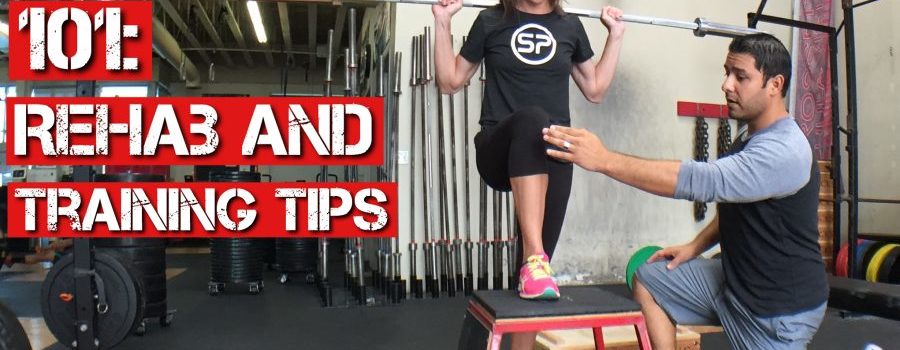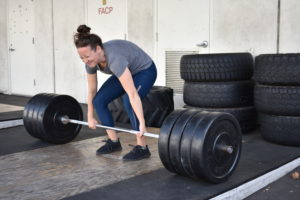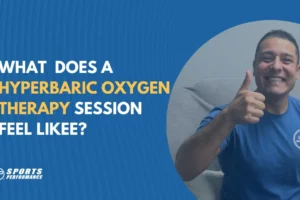Current and future coaches, fitness specialists and medical professionals: please take better care of your athletes. Be athlete-centered. Athletes, I hope you’re being treated well. If not, keep reading. Goodbye cookie cutter approach and hello individualized care. We all appreciate when we’re taken care of with superior customer service. When you go to the bank, get a haircut or order food at a restaurant, you expect to be treated as an individual, not as another customer. Similarly, your patients, athletes and clients expect the same.
I’ve been very fortunate to work with some of the world’s most incredible athletes, ranging from Heisman Trophy winners, NFL Super Bowl champions, gold medalists, world record holders, Paralympians and Olympians. In treating athletes in the clinic and traveling the globe with world renowned scientists, doctors, and coaches, I’ve learned valuable tips to achieve optimal outcomes with athletes at any level, professional and recreational. Most incredibly and humbling, I’ve been able to continue working with these amazing individuals and below are my clinical pearls to treat and achieve athletic greatness. At Sports Performance Physical Therapy, we utilize these principles with each and every athlete.
- CARE: You have to care about the athlete! Athletes will see a tremendous amount of providers in their lifetime. Understand that what separates you from others is your genuine interest in their wellbeing and goals. They can tell if you are treating them like a number. So don’t do it.
- INDIVIDUALITY (Who): Understand their sport and event. This is critical. Don’t assume every running athlete wants to midfoot strike or run in minimalist shoes. Even if you’ve seen thousands of elite athletes walk through your door, make sure you treat the athlete in front of you as a new person.
- GOALS (What): Establish THEIR goal. Whether it’s increasing vertical jump height or improving hip mobility to squat more weight, there has to be objective goals to achieve and surpass. Athletes need this. It may be different from your goal as a coach or provider. Take a step back and make sure your goal matches theirs.
- BIG PICTURE (When): Know where they are in their training cycle and how it relates to their goal. Is the athlete in-season? Off-season? Do they have a competition coming up? This establishes a sense of how much intensity and volume you can apply during their rehab or training. Ignoring this can have a detrimental impact on your results, as overdoing rehab or training right before an event can cause excessive stress, increase pain and impair performance.
- IT (Why): Find their “It”. Why do they want to achieve their goal? For some athletes, their goal is different than their “it.” Someone may want to lose 10lbs, but their “it” might be to improve their physique for a wedding or beach season. (Yes, beach season.) An athletes’ goal might be to decrease knee pain to participate in their sport, but the underlying “it” reason is to be able to get that D1 college scholarship for the scout that will be at an upcoming tournament. Understand the difference so you can better relate and keep the overall “it” in mind.
- PROGRAMMING (How): Program according to their training and fitness ability. Not every program works for every person. Tailor each session, each week and each training or rehab cycle to the athlete’s goals and ability. If an athlete is unable to balance well, don’t apply significant load to force them to improve. Modify and adapt each program for each person.
- REASSESS: Constantly reassess their who, what, when, why and how. This is the art of working with athletes. Stay up-to-date with research and connect with your team of mentors and professionals to ensure you’re maximizing the athlete’s potential.
- CHECK YOURSELF: Remain humble. You’ve had significant results with one, two or 40 athletes. Great! Now, move on and continue to get better at your craft. Remain humble, yet confident and athletes will continue to thrive with you.
All of these factors will help you create a better framework to work with athletes. Small changes in your approach make the difference. Be athlete-centered. My passion is developing healthier, better athletes and I continually strive to improve my craft. I use the aforementioned pearls to guide athletes through marathons, triathlons, competitions and Olympic dreams. I hope these help. Share your success stories using the hashtag #SportsPerformancePT.
-Dr. Chris Garcia, PT, DPT, SCS, CSCS, USAW
CEO & Founder, Sports Performance Physical Therapy
For more tips on optimizing athletic performance FOLLOW US on:
- Twitter: http://www.twitter.com/ChrisGarciaDPT
- Instagram: http://www.instagram.com/ChrisGarciaDPT
- Facebook: http://www.facebook.com/SportsPerformancePT
- YouTube: http://www.youtube.com/c/SportsPerformancePT









